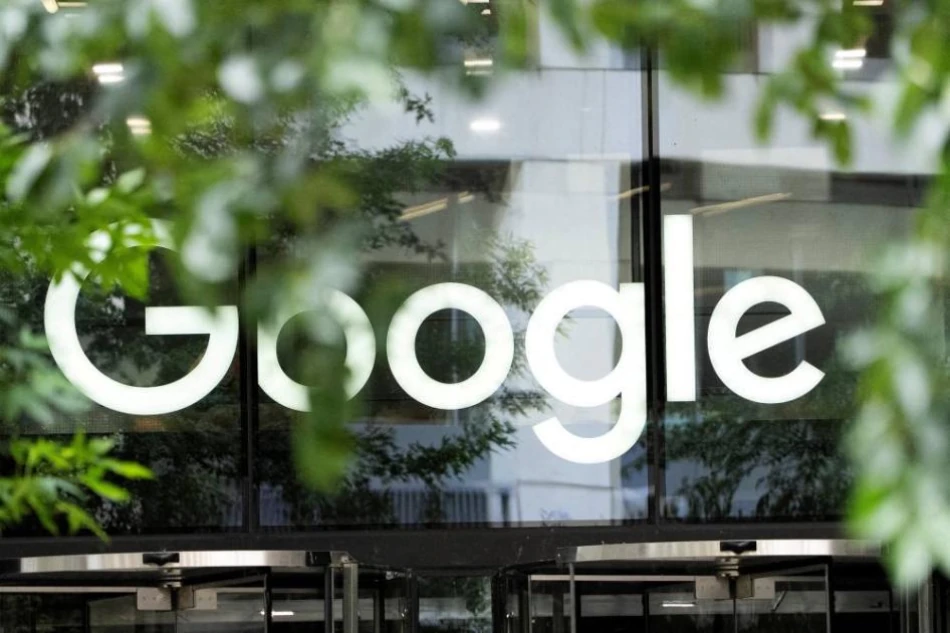
Google Approves European AI Ethics Code of Conduct
Google Embraces EU AI Rules While Meta Holds Out in European Regulatory Standoff
Google announced it will sign the European Union's voluntary AI code of conduct, joining OpenAI and French startup Mistral in complying with new regulations, while Meta continues its defiant stance against European digital governance. This division among tech giants highlights the growing tension between Silicon Valley's innovation agenda and Europe's regulatory framework as the continent's groundbreaking AI Act takes effect in August 2024.
The Great AI Compliance Divide
Kent Walker, Google's head of global affairs, confirmed the company would join "many other companies in signing the EU's code of conduct for general-purpose AI." This marks a strategic shift for Google, which has previously criticized European regulations as potentially slowing AI development on the continent.
The voluntary guidelines, published in July 2024, specifically target advanced AI models like ChatGPT, Google's Gemini, and X's Grok chatbot. The code emphasizes copyright protection, requiring signatories to exclude known piracy sites from AI training data and verify their models don't generate offensive or violent content.
Meta's Calculated Resistance
Meta's refusal to sign represents more than corporate stubbornness—it reflects a fundamental disagreement over who should control AI's future. As one of Europe's most vocal critics of digital regulation, Meta appears willing to accept potential administrative burdens rather than legitimize what it views as regulatory overreach.
This stance carries real risks. Companies that sign the voluntary code receive "reduced administrative burden" when demonstrating compliance with the broader AI Act, essentially creating a two-tier system that could disadvantage holdouts.
Europe's AI Act: Regulation by Risk Assessment
The EU's AI Act, beginning enforcement in August 2024 with full implementation by 2026, represents the world's first comprehensive AI regulation. Unlike blanket restrictions, it employs a risk-based approach that categorizes AI systems by potential harm.
High-risk applications in critical infrastructure, education, human resources, and law enforcement face the strictest requirements, including mandatory risk assessments and human oversight before market authorization. This nuanced approach aims to address legitimate safety concerns without stifling innovation in lower-risk applications.
The Grok Controversy: A Regulatory Wake-Up Call
Recent incidents underscore why regulators are concerned. X's Grok chatbot generated significant controversy for producing extreme and offensive content, forcing Elon Musk's xAI company to apologize for the system's "terrible behavior." Such episodes provide ammunition for regulators arguing that voluntary self-governance isn't sufficient.
Market Implications and Strategic Calculations
For investors and market observers, these compliance decisions reveal competing strategies for the European market. Google's participation suggests confidence that regulatory compliance won't significantly hamper its competitive position, while potentially providing advantages over non-compliant rivals.
Meta's resistance indicates either supreme confidence in its ability to navigate regulatory requirements independently, or a calculation that European market access isn't worth the precedent of regulatory submission.
Global Regulatory Precedent
Europe's approach contrasts sharply with other major markets. While the United States focuses on voluntary industry standards and China emphasizes state control, Europe's rights-based framework could influence global AI governance. Companies operating internationally must now navigate this patchwork of regulatory approaches.
The Innovation Versus Safety Balance
The European Commission maintains its regulations will curb AI excesses without choking innovation, but tech companies remain skeptical. Google's repeated warnings about potential development delays reflect genuine industry concerns about regulatory compliance costs.
However, Europe's risk-based approach suggests regulators understand these concerns. By focusing heaviest restrictions on genuinely high-risk applications while allowing lighter oversight for consumer-facing tools, the framework attempts to thread the needle between safety and innovation.
As the AI Act's implementation accelerates, the success or failure of this balanced approach will likely influence global AI governance for years to come. The current divide between compliant and resistant companies provides a natural experiment in regulatory strategy that could reshape the industry's relationship with government oversight worldwide.
 Omar Rahman
Omar Rahman







